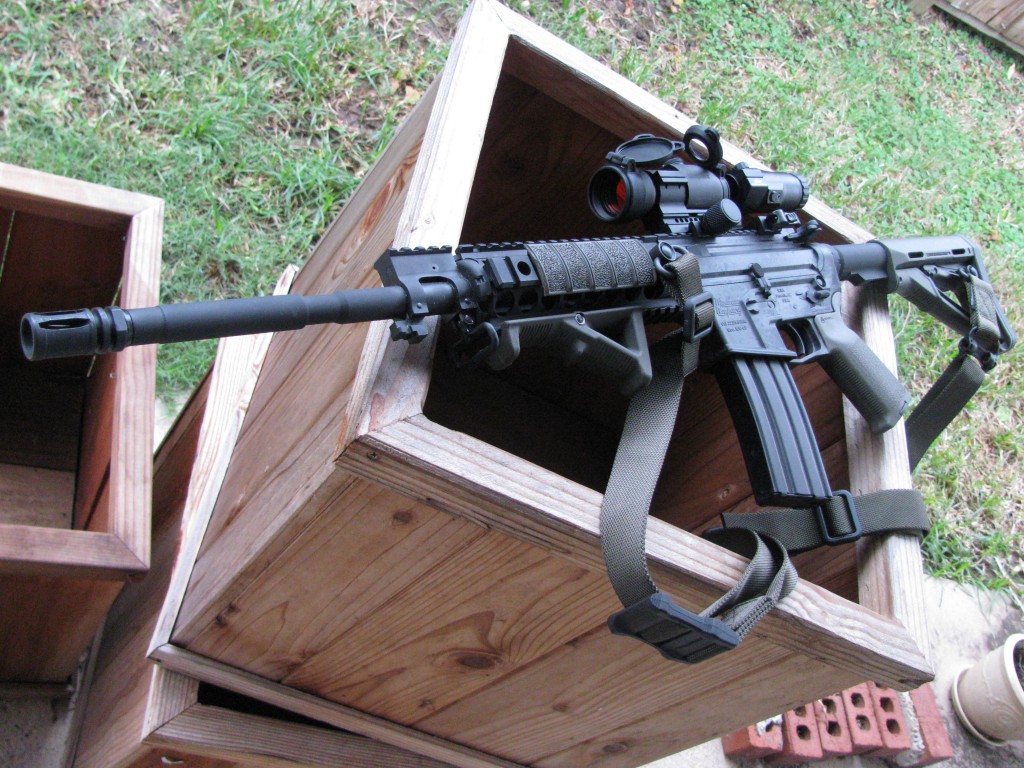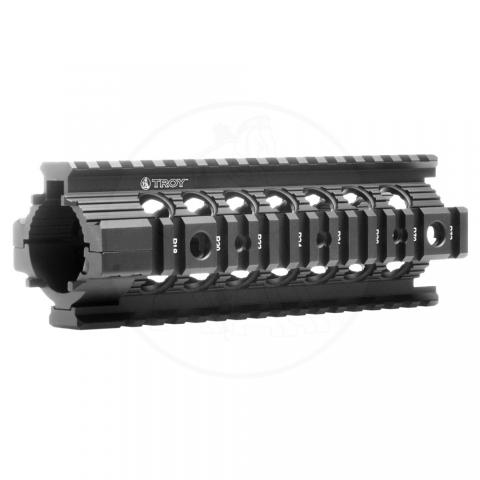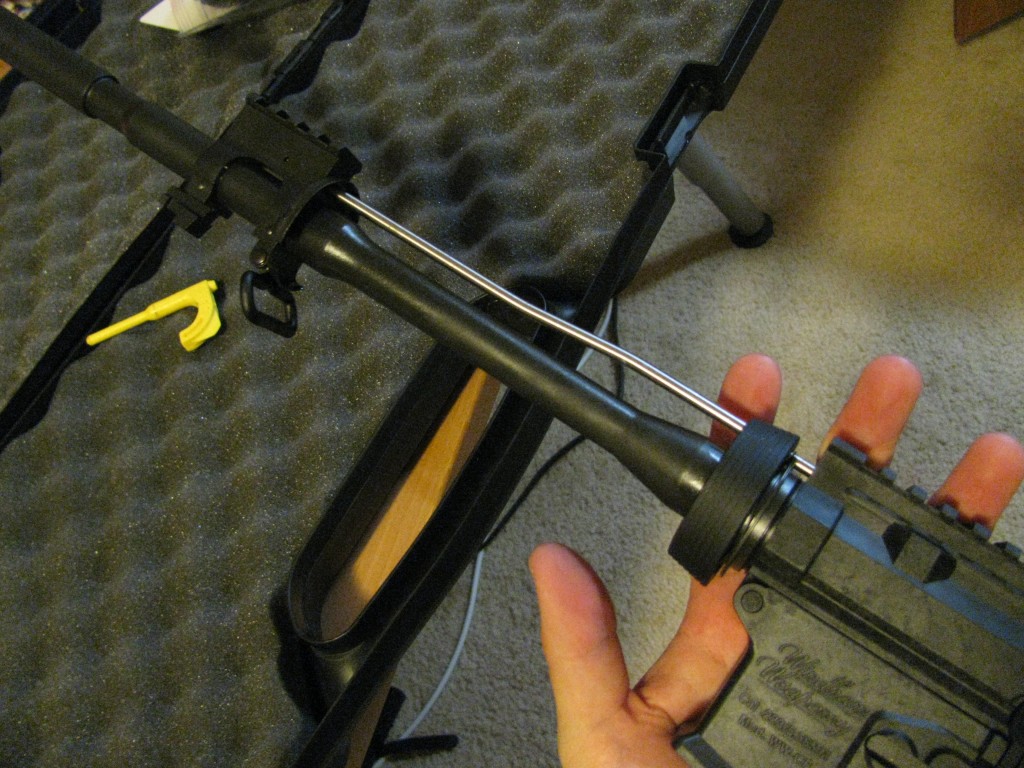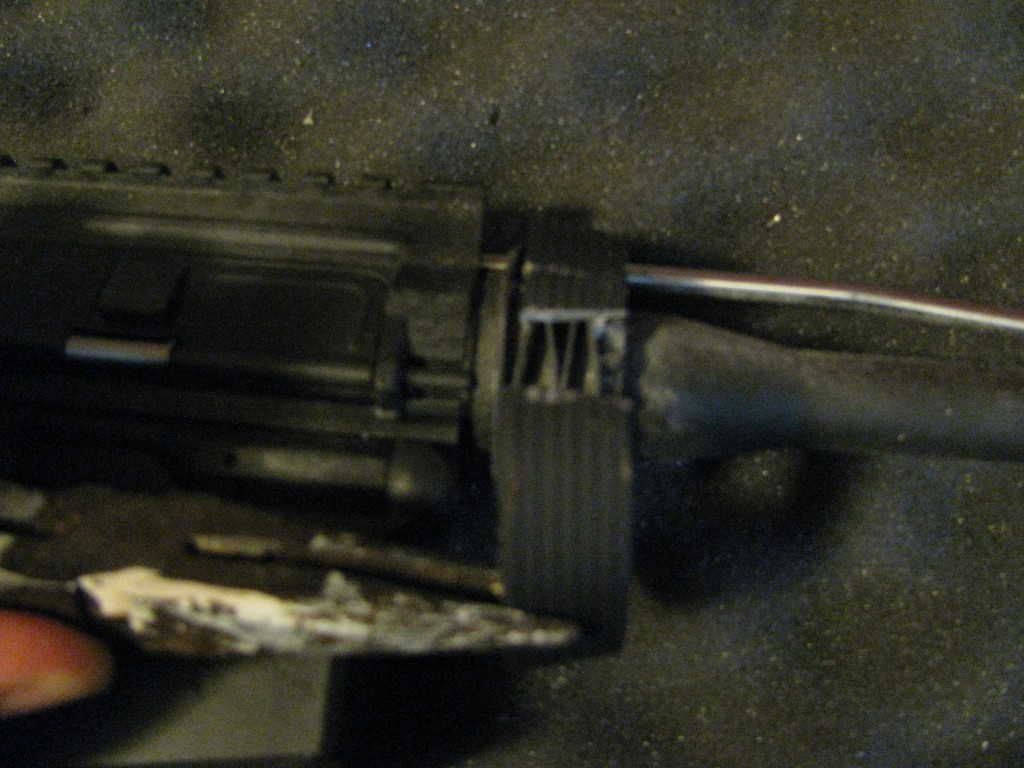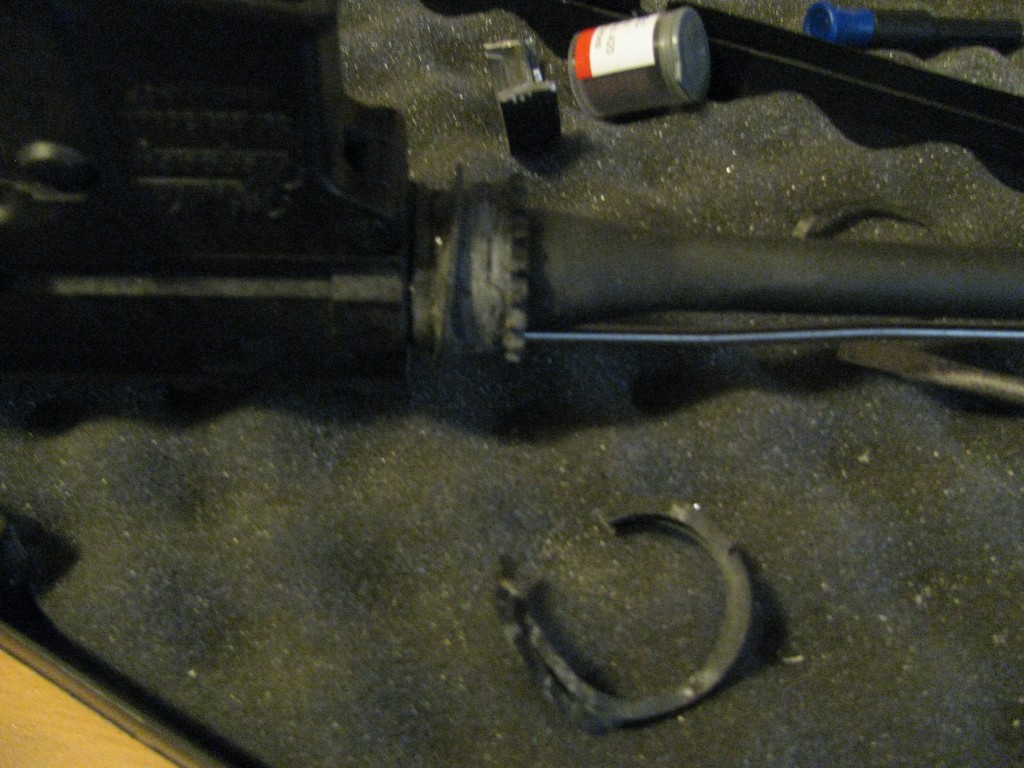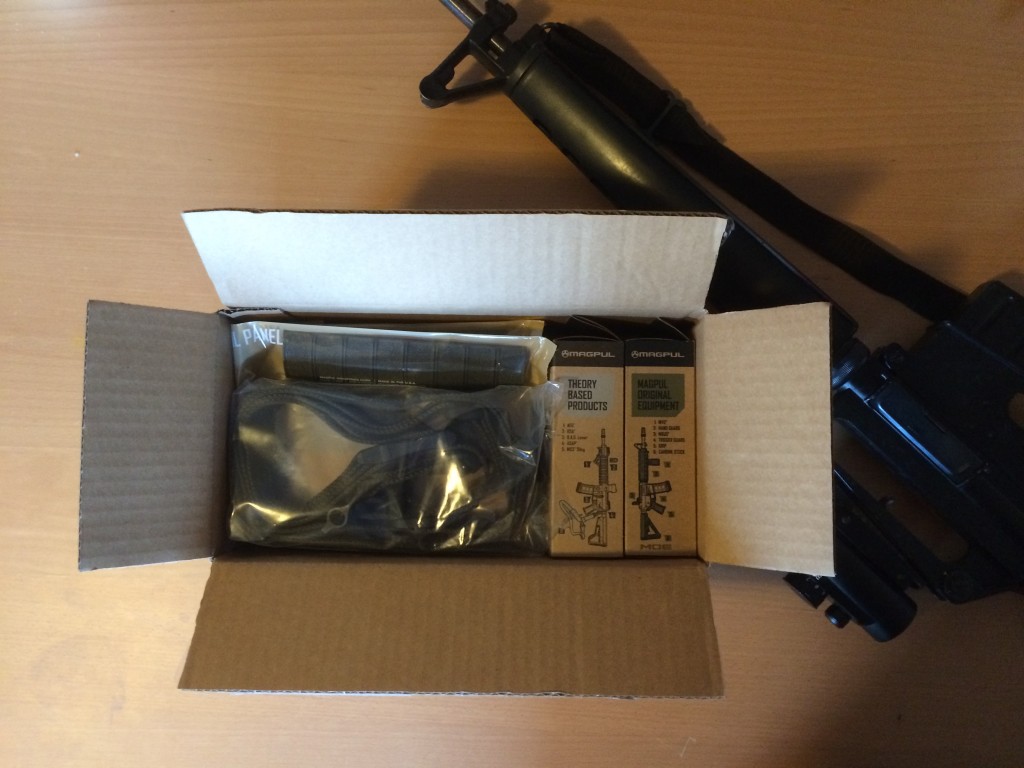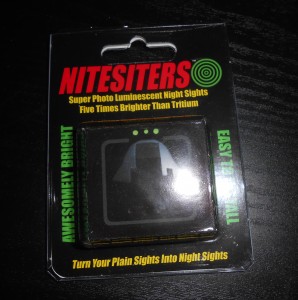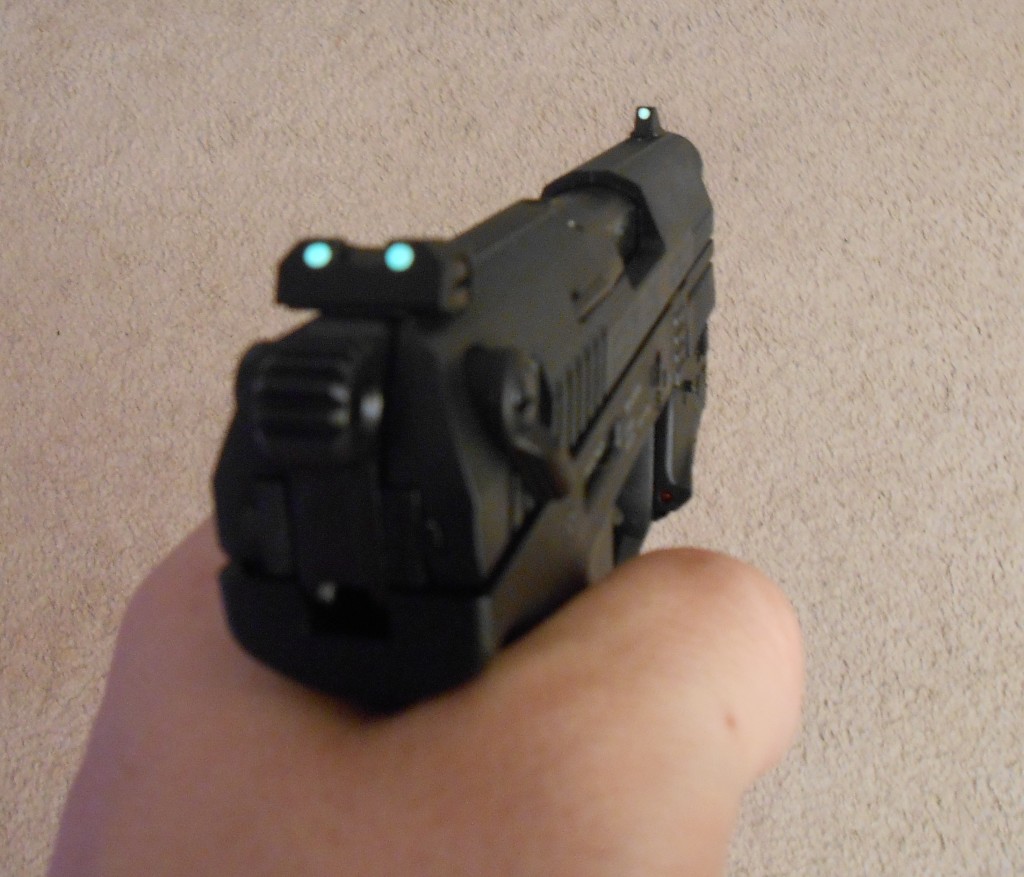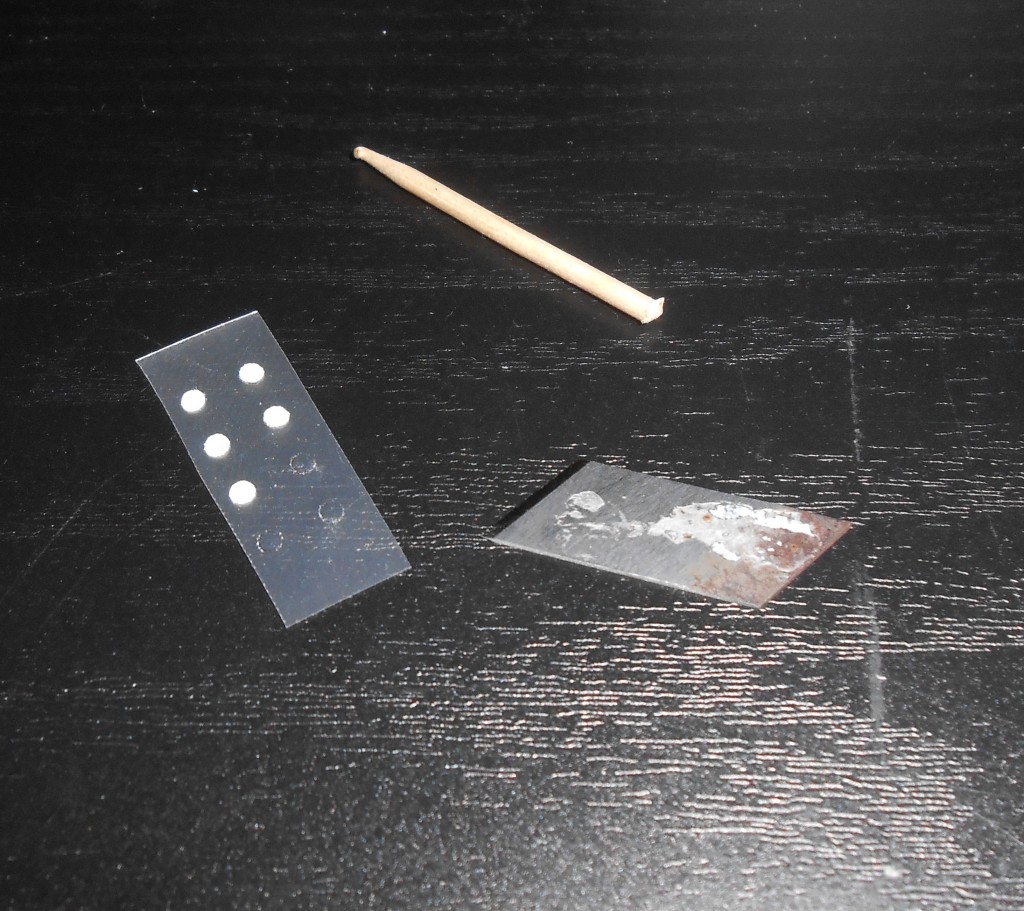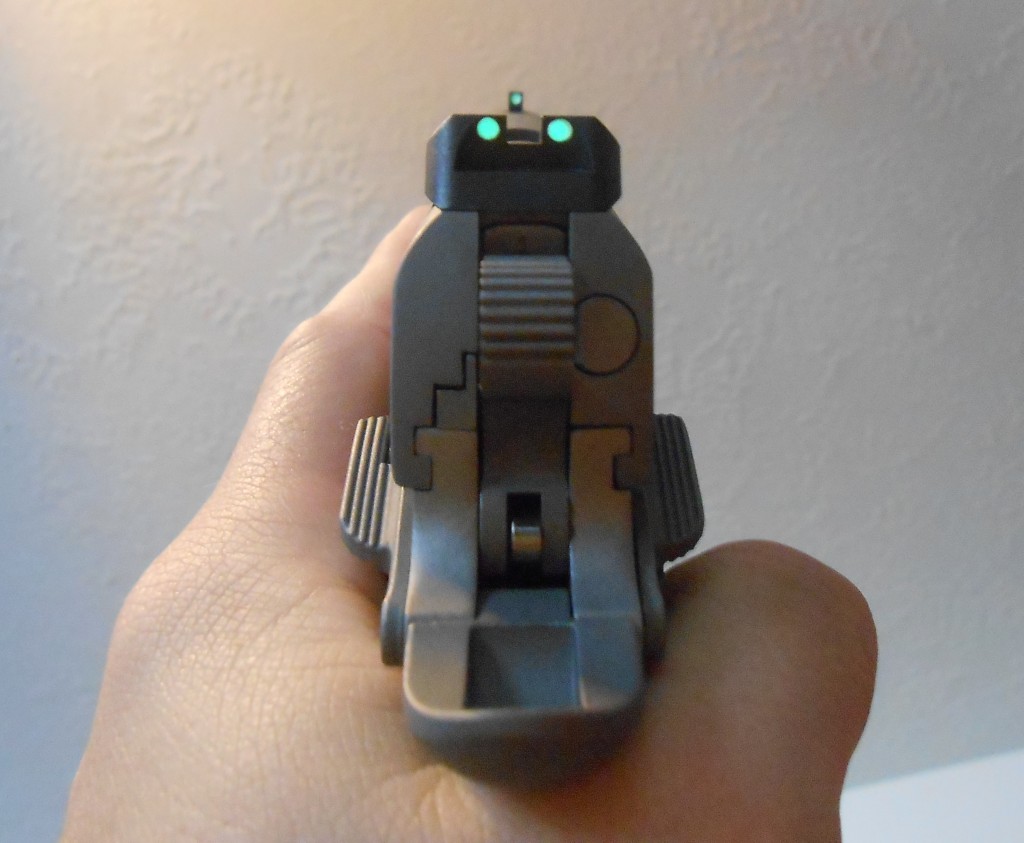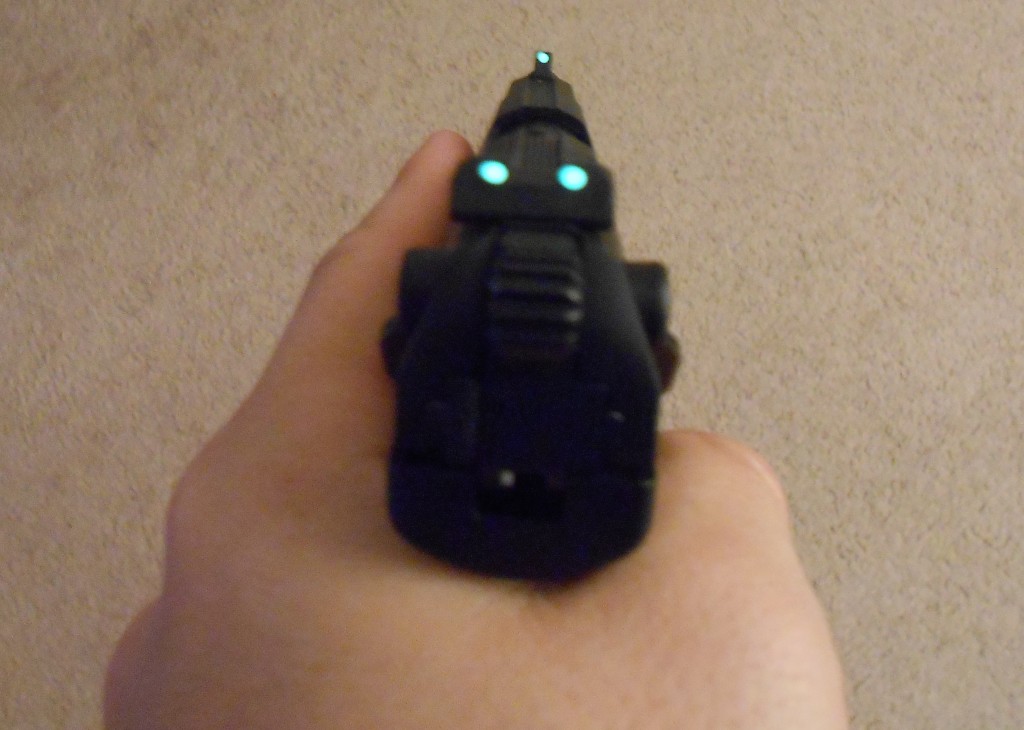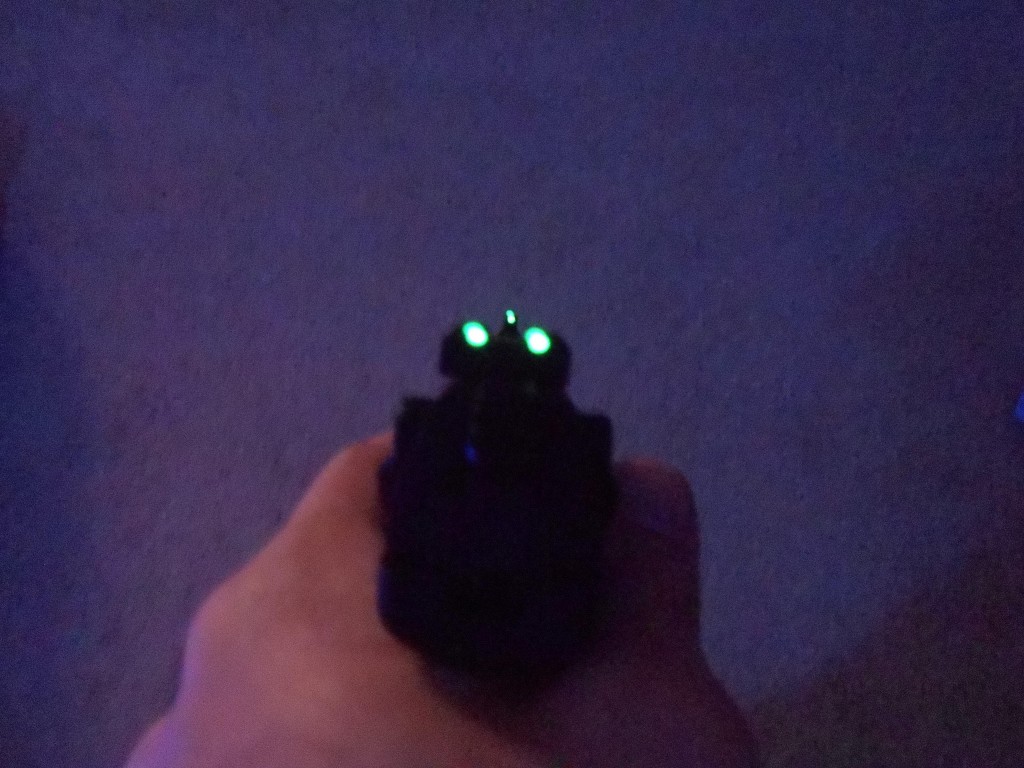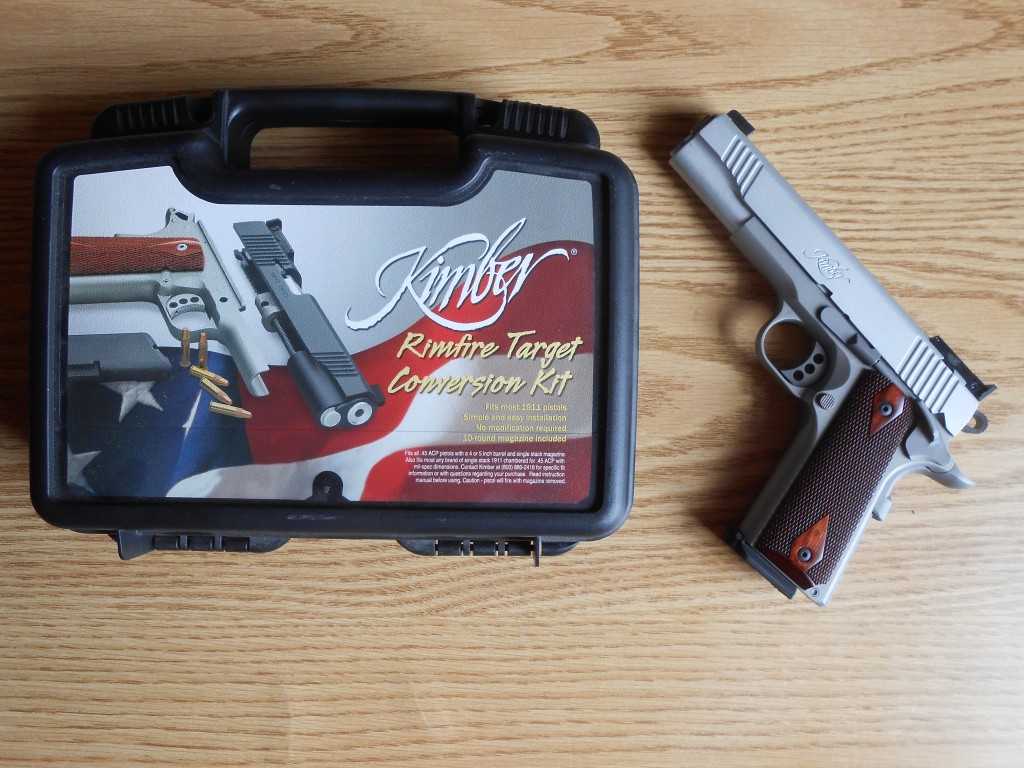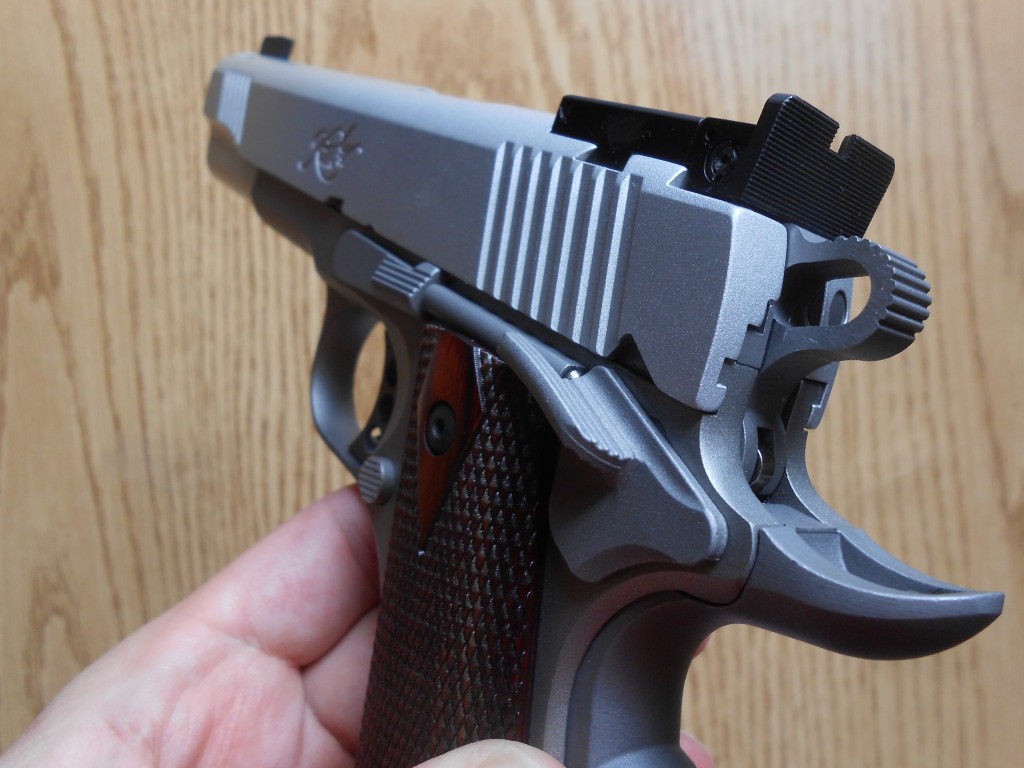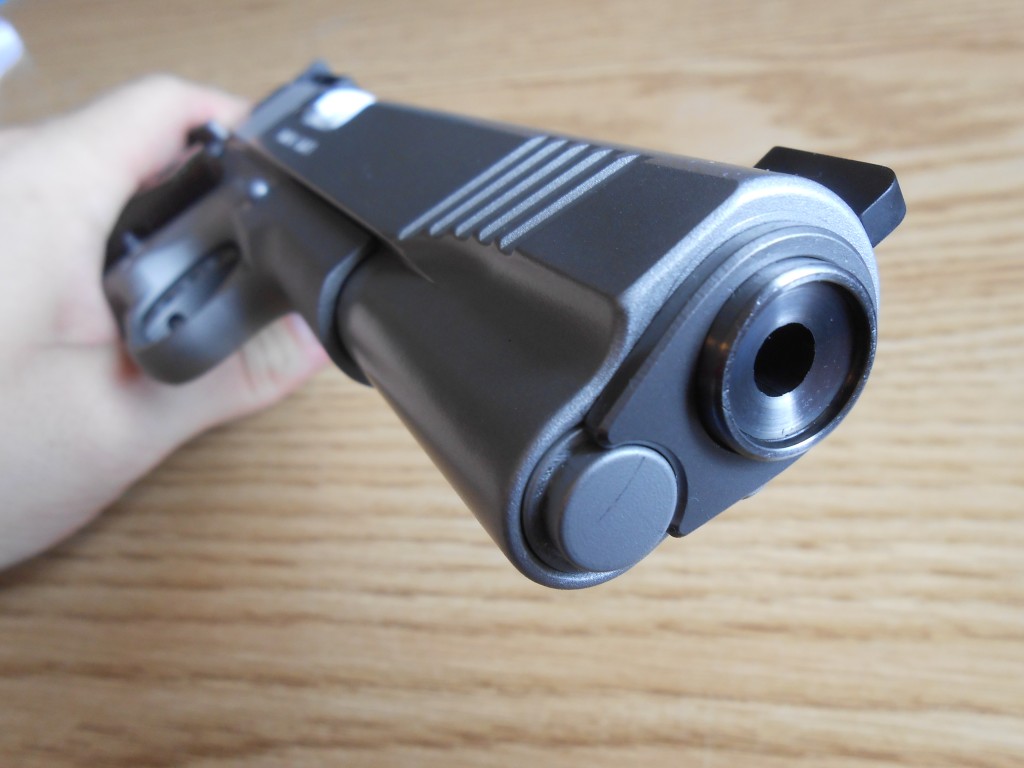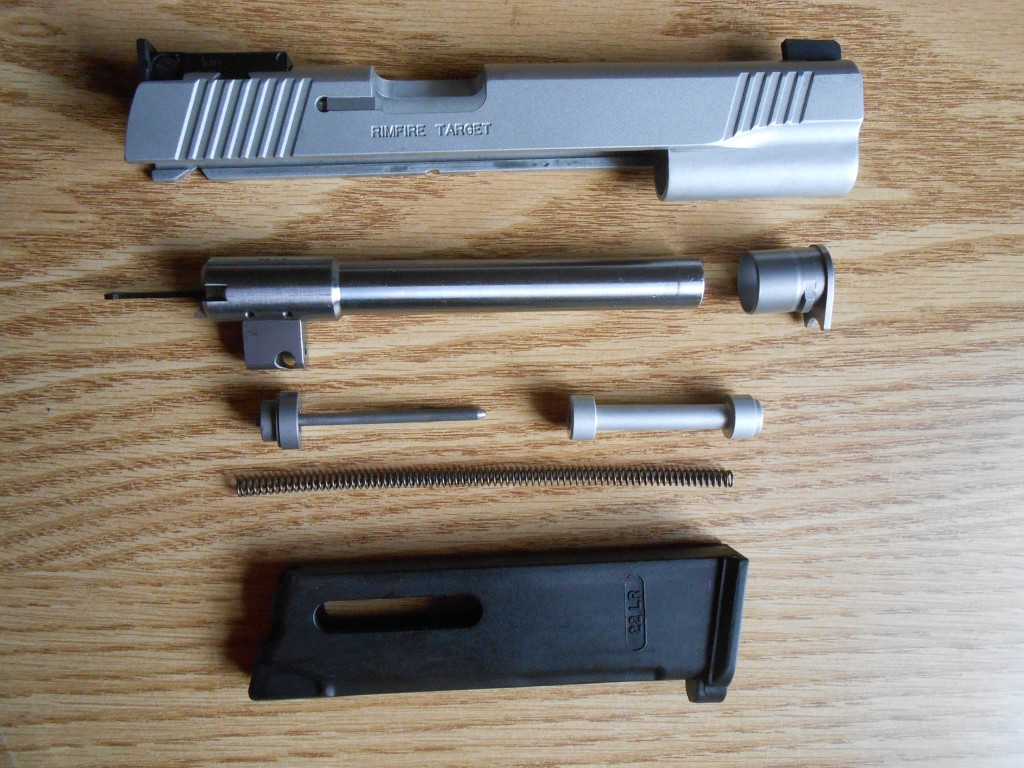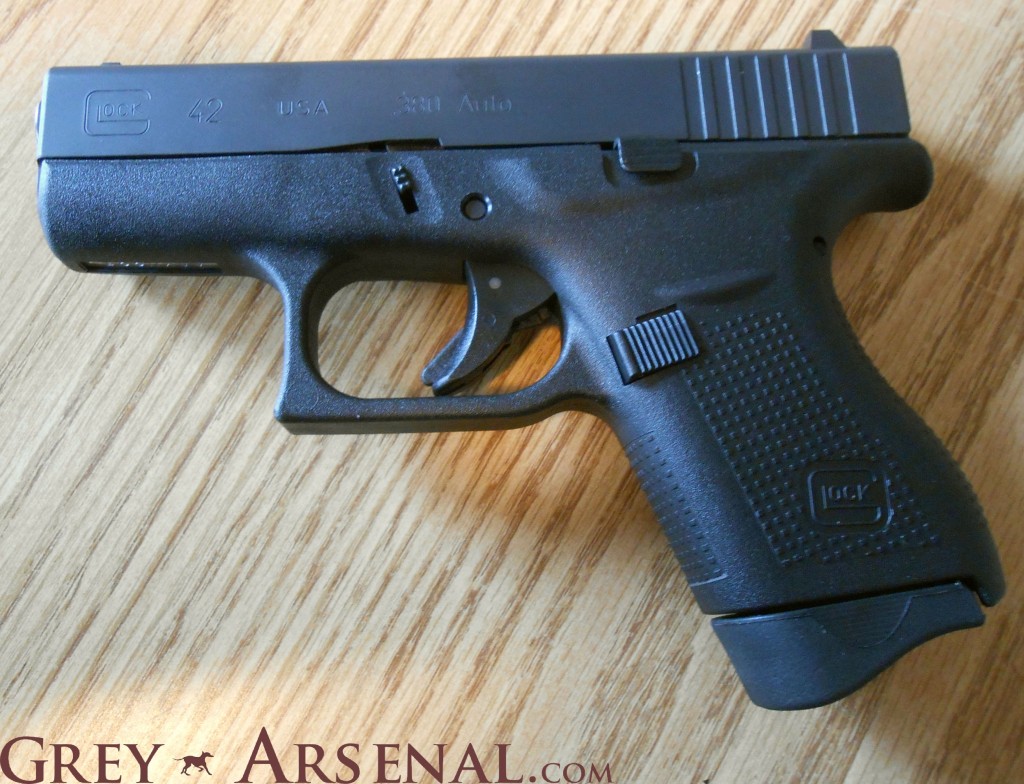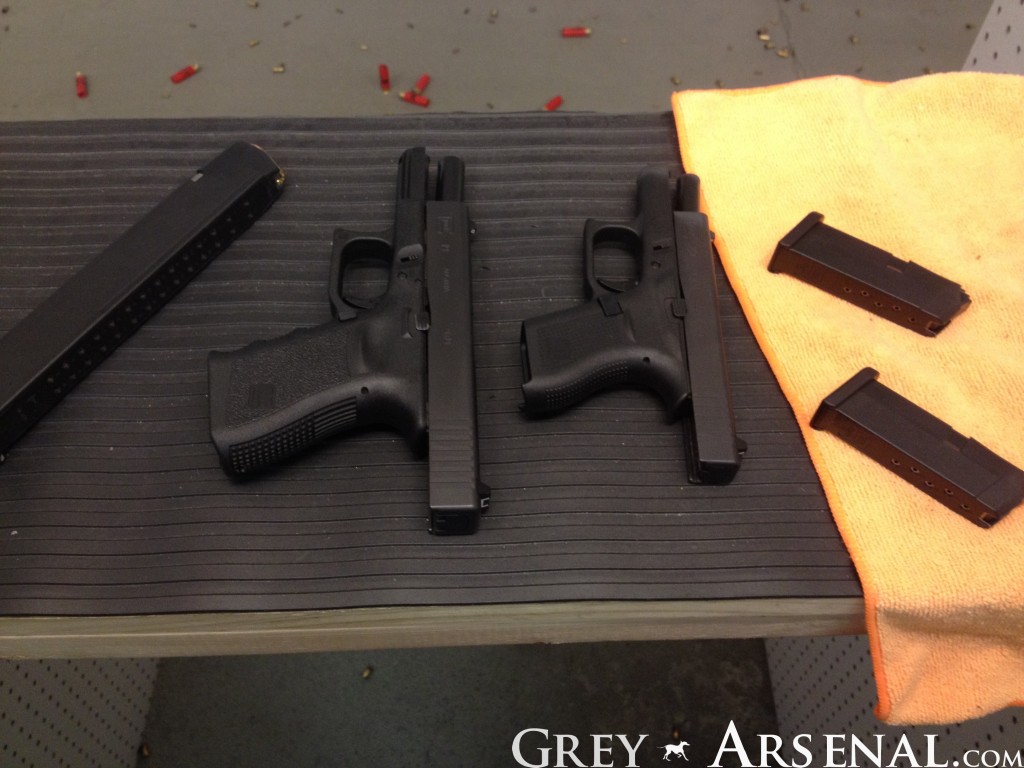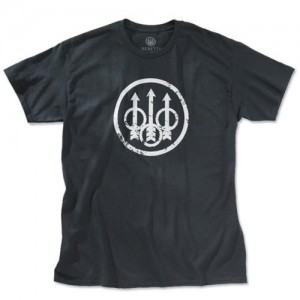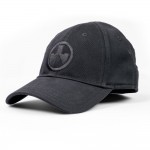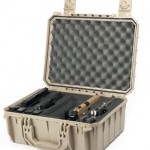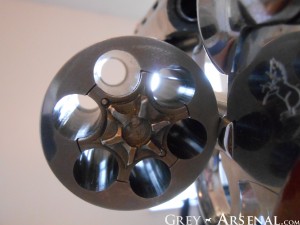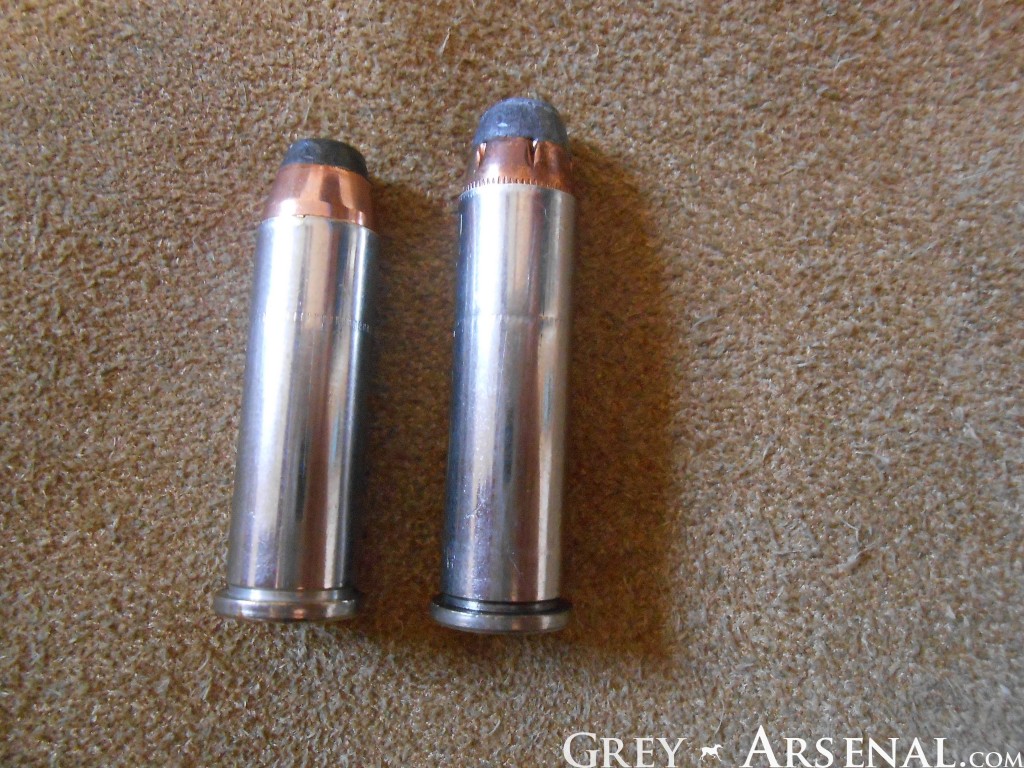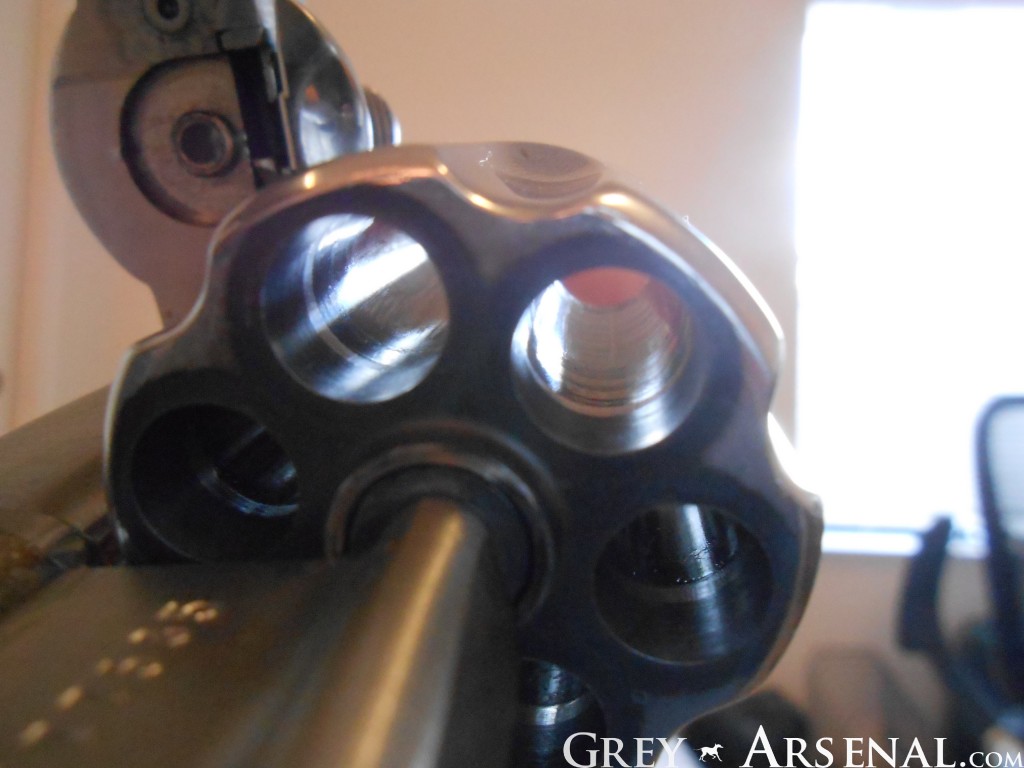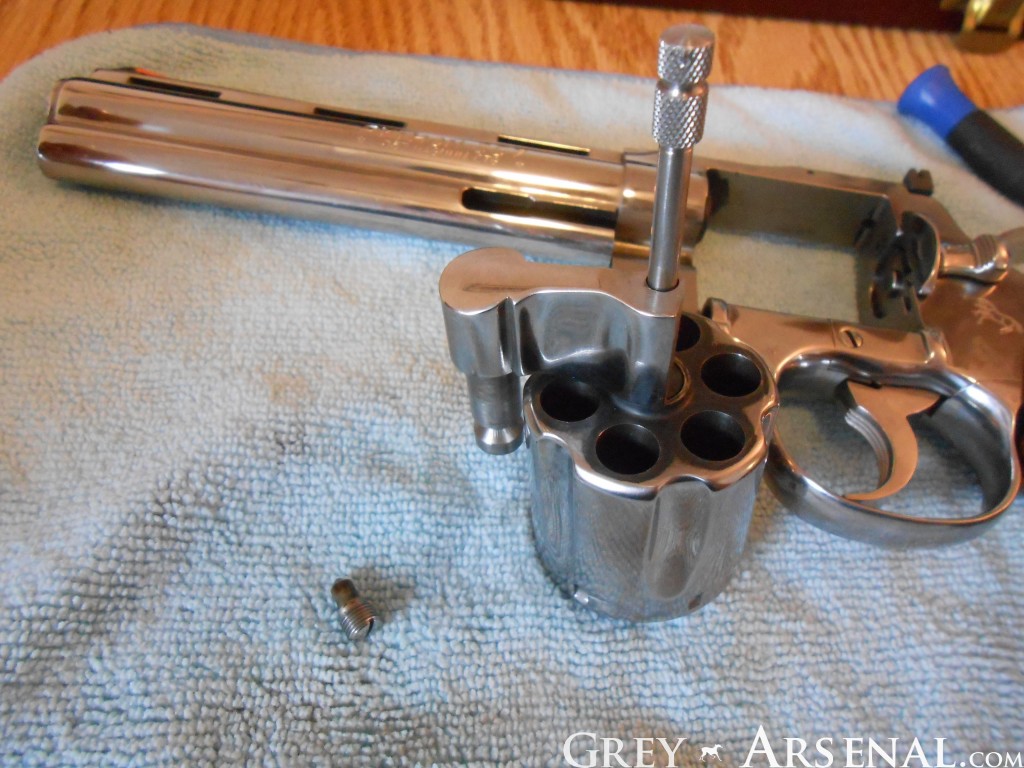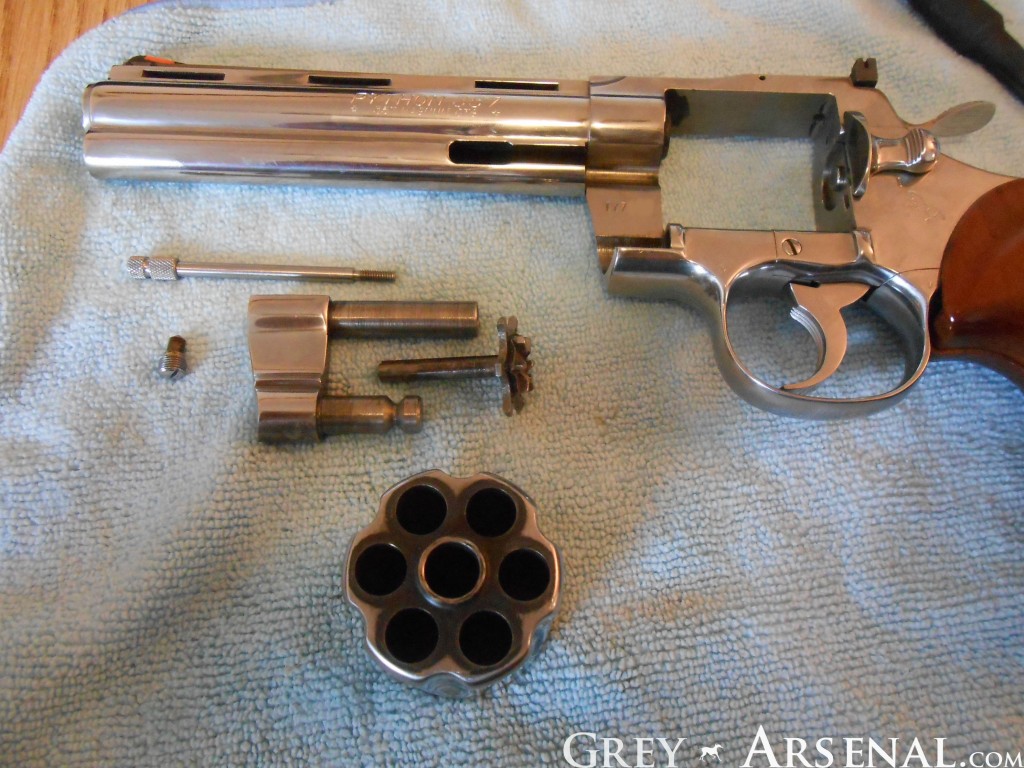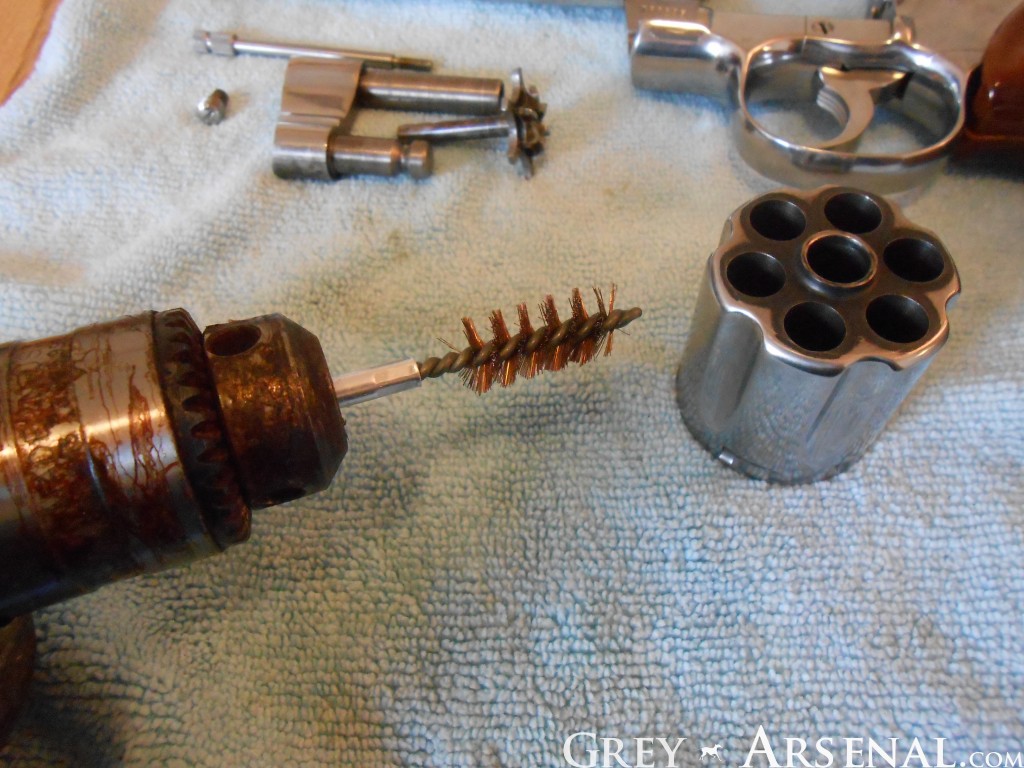
First off, let me apologize for the assault on your eyes that is the above image. It was created in MS Paint on a laptop via touchpad. If it has caused any bodily harm, please contact me and I’ll give you the contact information of my attorney.
Okay, so there are a couple of fairly new contenders out there trying to give Magpul a run for their money on polymer magazines. In a recent project, I tested Lancer’s L5 Advanced Warfigher Magazine, or “L5AWM” magazine in it’s most relevant 30-round configuration with my Windham AR.
While these aren’t brand-spanking-new, they’re new enough that some folks I showed ’em off to hadn’t seen them yet or heard of them, whereas I’m sure any of them could’ve ID’ed a PMAG from a mile away. They have been getting some attention at SHOT and in other marketing venues, as I’ve been seeing them pop up in pictures of new ARs or platforms using STANAG type magazines, and seem to be the preferred magazine used in SIG’s marketing of the MCX. Of course it’s today’s SIG, so they probably just picked them because they looked decently sci-fi to go with everything else they’ve been doing lately.
So, aside from looking futuristic enough for SIG, how are they? Pretty good, actually- Mine were the “smoked” color, which seems to be the most popular. It’s nice to get a visual read on your round count from any angle, and to even be able to quickly visually identify which ammunition is loaded, and not have an open slit on the side like the window’ed PMAGs. The material feels a bit harder than the polymer used by Magpul (and Troy), but doesn’t feel the least bit brittle or flimsy.

The metal upper, which gets these referred to as “hybrid” magazines, sets these apart, and inspires confidence. It also allows use of the standard loading tool when loading them from stripper clips. While this has gotten to be standard for other polymer magazines, it still feels nice to have that metal-on-metal contact when doing so.
As far as actual performance, I’ve had roughly 1000 rounds between 3 of these and haven’t had a single failure. While that’s also singing praises to my Windham AR and the Federal XM193 ammunition being used, not having a single magazine-related failure over that span, even while trying to be a bit more rough than usual, reflects well on these.
They were selling for real cheap for a while, and had been available from Wilson Combat on sale for ~$12 when I snagged them, but they seem to be hitting ‘Flavor-of-the-Month’ status with a price and stock level to reflect that. At the time of writing, they seem to be going for ~$20.
Edit: Also, happened to find this showing a drop test between these and PMAGs. Glad someone else decided to repeatedly drop their AR for our benefit, because I wasn’t about to test ’em that hard just for your benefit.
Next up: ETS Glock Magazines
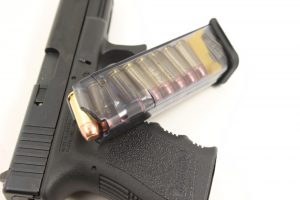
Alright, so these actually *are* new enough that I can definitely call them new, as they seem to have just been announced last October and just started hitting the market around the time of SHOT. ETS (Elite Tactical Systems), in addition to another translucent polymer AR magazine, brings us translucent polymer Glock magazines.
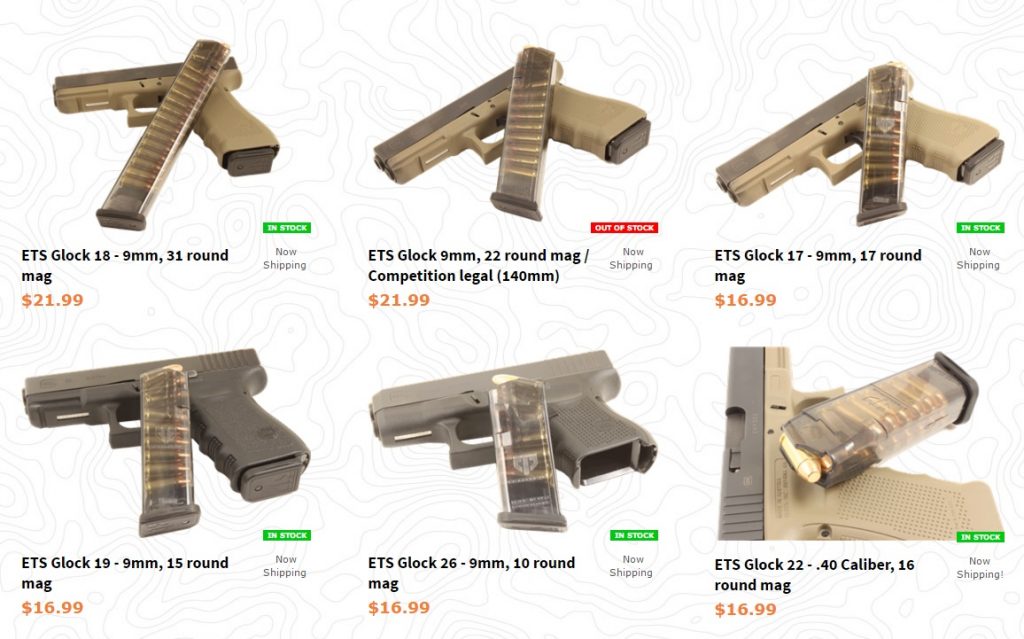
Currently available in a variety of sizes and capacities, generally made to match common varieties, that is, a 17rnd Glock 17 sized mag, 15rnd Glock 19 sized mag, 10rnd Glock 26 sized mag, and a 31 round Extended mag. They’ve also got 10-round limited varieties for folks in places where that’s required, and a 22rnd “Competition Legal” length magazine (140mm). So, no matter what you’ve got as far as 9mm or .40cal Glock, they’ve got you covered. They’re also fully compatible with Glock OEM floorplates, and disassemble in the same manner, so feel free to slap a 7151 “+” plate and insert on there and get an extra round or two in ’em.
Also, notably, they’ve beaten Magpul to the market, as Magpul has yet to release their Competition length and Extended magazines, which are currently scheduled for release this summer. Magpul’s offering also seems to be a bit odd in that they have a lower capacity in the same size magazines compared to both OEM and ETS, their competition, with extended magazines being 21 and 27 round capacities, respectively. They’re also not compatible with OEM or other aftermarket floorplates, as they seem to be proprietary.
While I haven’t tested these as extensively as I have the Lancer mags, I can say, while my initial impression was a bit leery, due to the cheap-ish feeling polymer and what seemed to be a clearly visible thin-gauge spring, the 31 round magazine performed flawlessly in both my Glock 19 and a PSA 9mm AR pistol over the course of 350 rounds, with only a single FTF in the AR pistol which doesn’t appear to be a fault of the magazine.
One notable quirk, however, is that while these drop free when empty, when fully loaded, they seem a bit tighter going into both platforms with which I tested them. Not prohibitively tight or anything, but just similar to using magazines that don’t drop-free, kind of like I’ve experienced with some other (very cheap) non-OEM Glock magazines, or older G17 magazines. Loading one less round seems to have resolved this (30 instead of 31) completely, and I’ll update once I install “+” plates on both. The company mentions typical marketing-sounding statements about being able to store loaded without worrying about the feed lips, and makes statements about drop tests, and I can confirm dropping and banging these things around both at the range and on an outdoor concrete slab wasn’t able to cause an harm to them in any way or cause any failures, but I just thought this was worth noting.

At ~ half the price of equal sized OEM Glock magazines, I don’t mind using these for practice, but I’m not sure I’ll trust them for carry until I’ve had the chance to beat them up a bit more and see how they old up.
Edit: Having now had about 1,500 rounds through them feeding an AR9 with no failures, I know they’re at least reliable at that, and they’ve held up to getting lightly banged around.
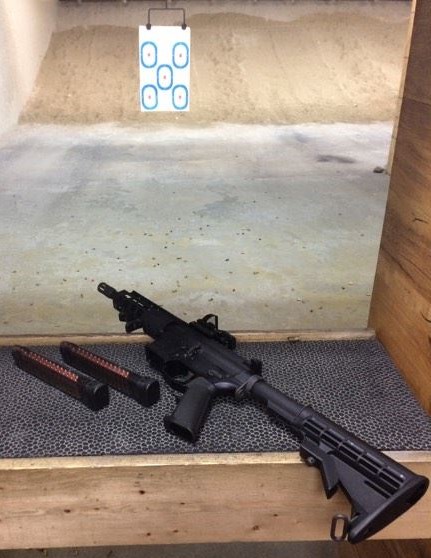

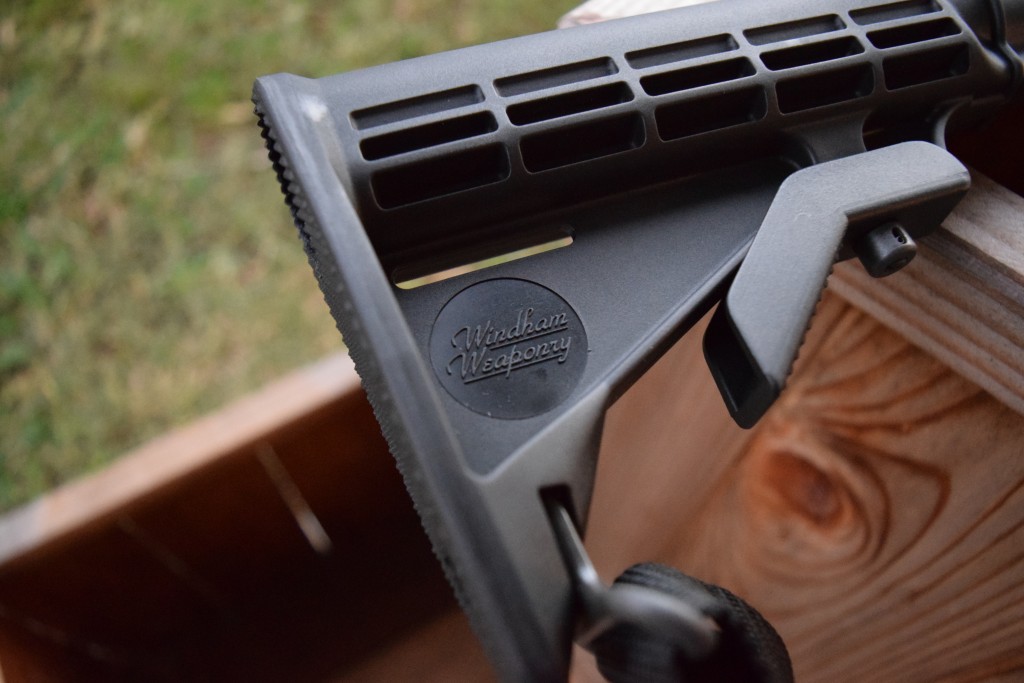

 I’d also been wanting to try out an Angled Foregrip (AFG / AFG-2). In addition to the above, I also ended up picking up a Ranger Green MS4 Dual QD Sling from Magpul that’s a combo 2-point / 1-point sling, and allowed me to make use of my QD points on the CTR stock and Midwest Industries free float tube.
I’d also been wanting to try out an Angled Foregrip (AFG / AFG-2). In addition to the above, I also ended up picking up a Ranger Green MS4 Dual QD Sling from Magpul that’s a combo 2-point / 1-point sling, and allowed me to make use of my QD points on the CTR stock and Midwest Industries free float tube.
